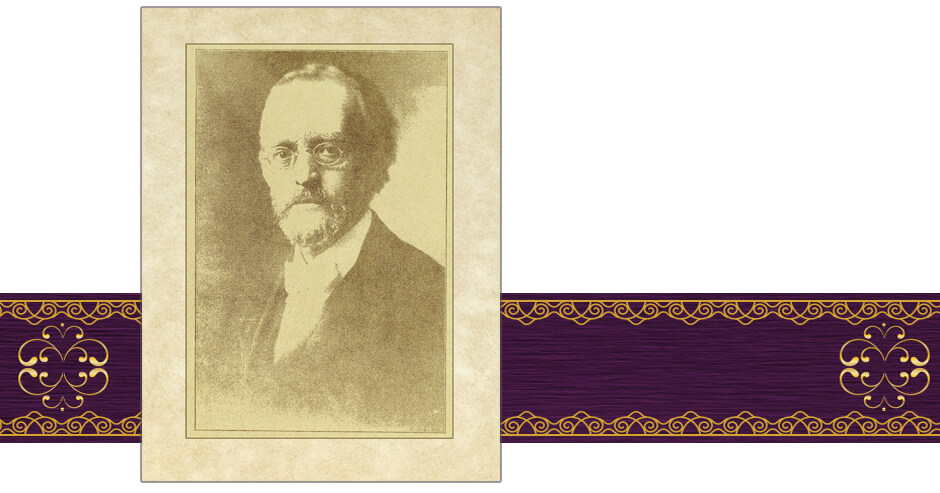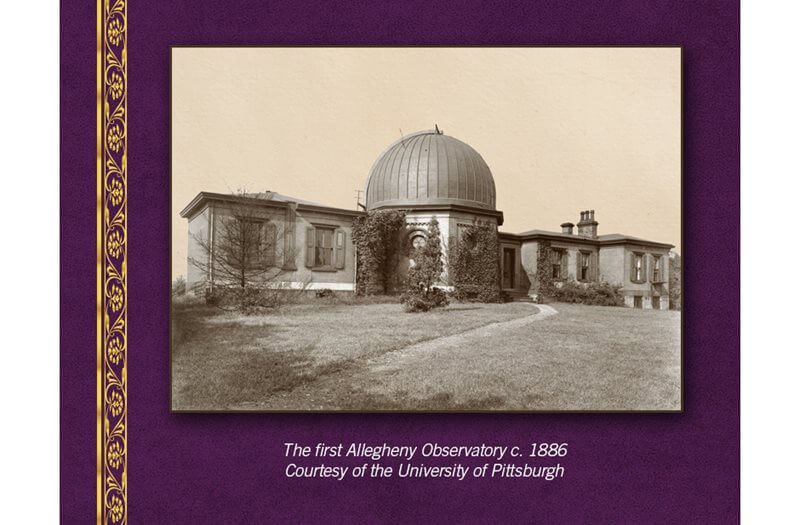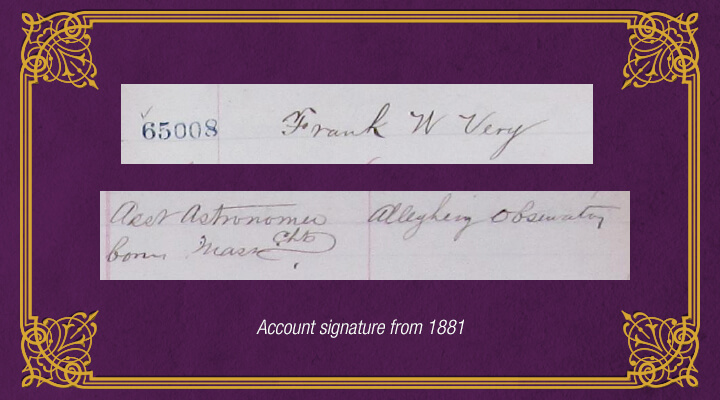Frank W. Very
 A native of Salem, Massachusetts, Frank W. Very attended Massachusetts Institute of Technology, where, after graduation, he also instructed physics. In 1878, he accepted a position at Allegheny Observatory, assisting renowned astronomer, physicist and inventor Samuel Pierpont Langley. He remained in Pittsburgh for the next 17 years, teaching astronomy at Western University of Pennsylvania (later University of Pittsburgh), and marrying Portia Mary Vickers, a teacher at the Curry Institute.
A native of Salem, Massachusetts, Frank W. Very attended Massachusetts Institute of Technology, where, after graduation, he also instructed physics. In 1878, he accepted a position at Allegheny Observatory, assisting renowned astronomer, physicist and inventor Samuel Pierpont Langley. He remained in Pittsburgh for the next 17 years, teaching astronomy at Western University of Pennsylvania (later University of Pittsburgh), and marrying Portia Mary Vickers, a teacher at the Curry Institute.

He left Allegheny Observatory in 1895 to become Director of the Ladd Observatory of Brown University, a post he held for two years. He followed this with several years of independent research and publication, including the then-pioneer field of the use of X-rays in medical treatment. The United States Weather Bureau hired him to develop a system for wireless radio signals to contact vessels at sea -- the beginnings of ship-to-ship and ship-to-shore communication.
In 1906, Very was invited by businessman, mathematician and astronomer Percival Lowell to do his research at the newly built Westwood Astrophysical Observatory in Westwood, Massachusetts. With state-of-the-art equipment and funding at his disposal, Very studied solar and terrestrial radiation and atmospheric thermodynamics. He authored scores of papers contributing critical knowledge to scientific endeavors in these fields. Frank W. Very was the first to establish the presence of water vapor in the atmosphere of Mars.
Professor Very’s scientific knowledge went far beyond his specialties, astronomy and physics; he had advanced learning in geology, etymology, botany and meteorology as well. His experiments included assisting Samuel Pierpont Langley in building prototype heavier-than-air flying machines, more than a decade before the Wright Brothers flew at Kittyhawk.
Frank W. Very opened Savings Account No. 65008 at Dollar Bank in April 1881.
